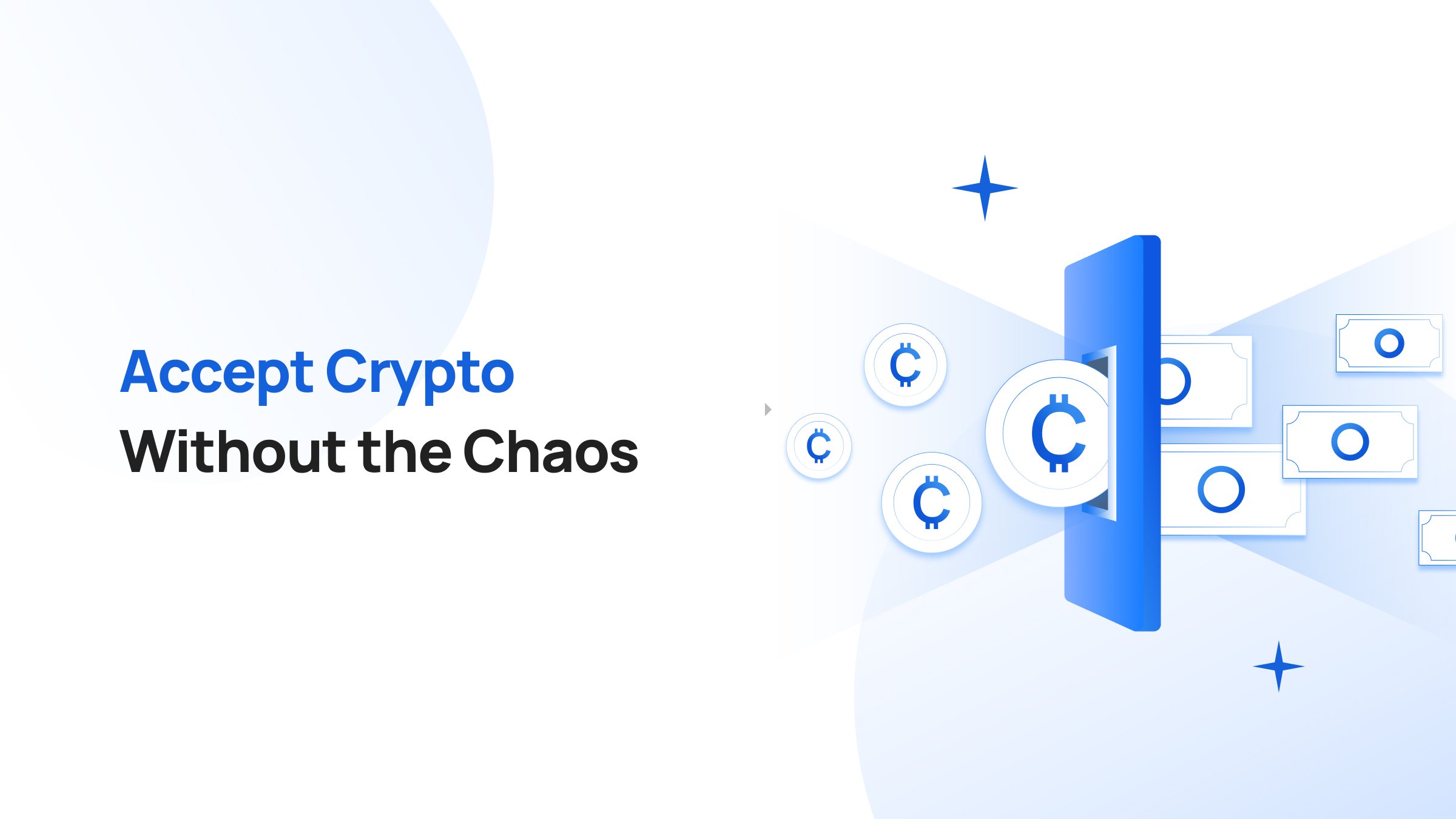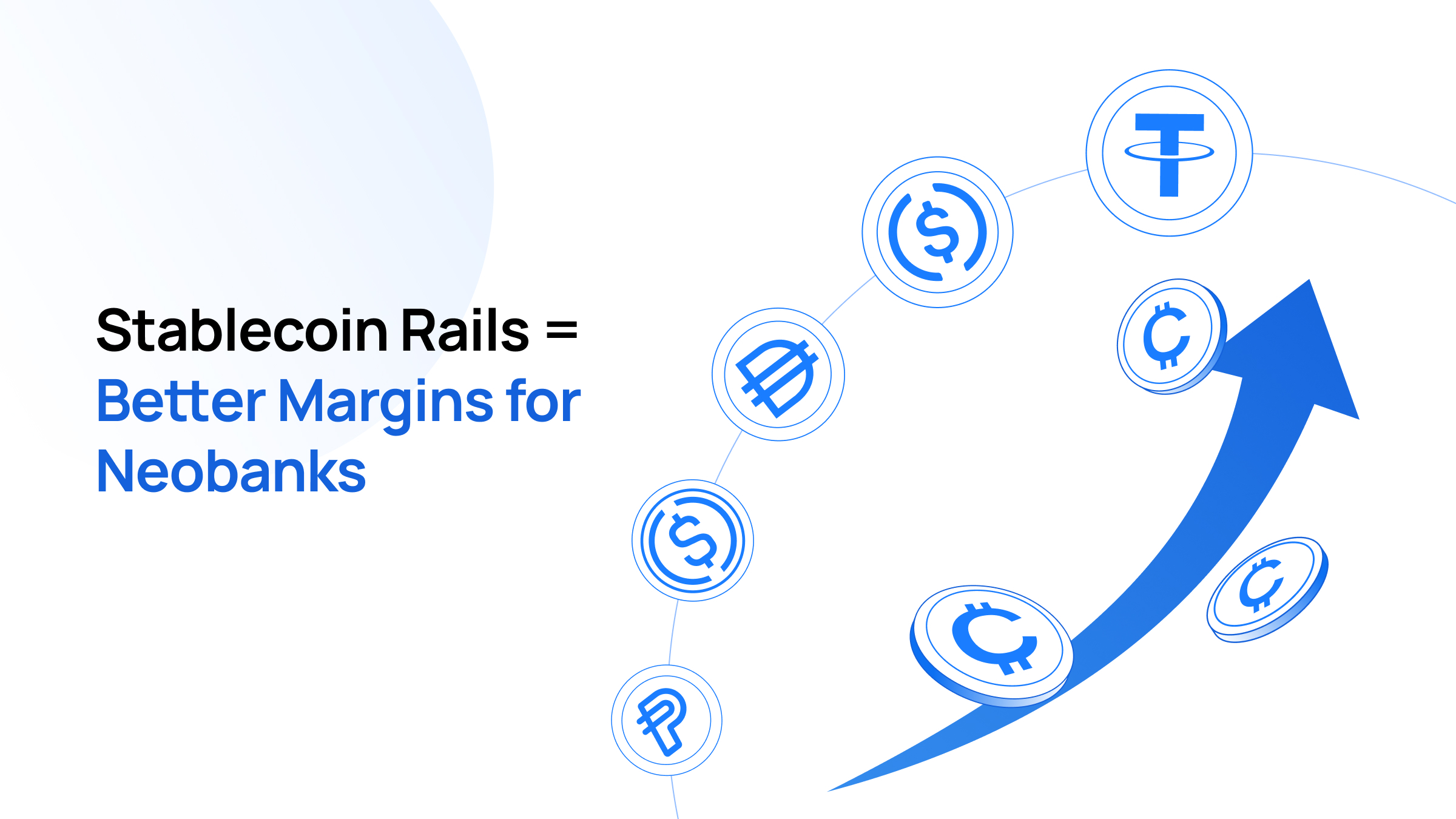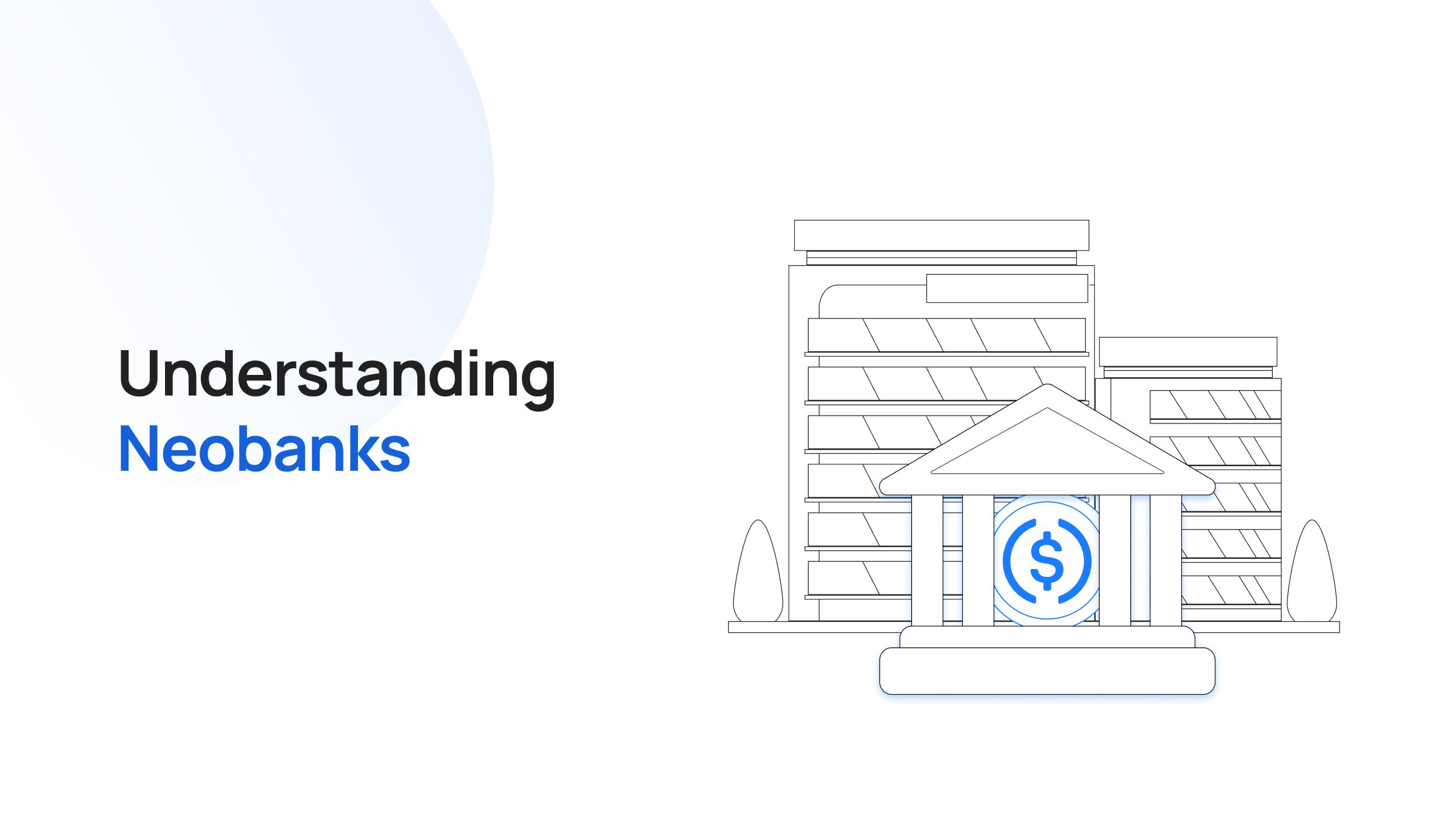Takeaways
Stablecoins promise fast, borderless payments, immune to the volatility of traditional cryptocurrencies, and accessible to anyone with an internet connection. But the actual user experience is a frustrating maze of technical and regulatory friction.
Buying stablecoins? You’ll likely juggle multiple apps, sign up on an exchange, complete KYC, connect a wallet, bridge assets, pay gas fees, and pray you don’t make a mistake along the way.
Businesses aren’t spared either! From licensing headaches to chargeback risks, the backend of stablecoin payments is a complex landscape most teams don’t have the resources to navigate.
This is what we call the “messy middle.”
It’s everything that happens between intent and success. It’s what kills conversions, frustrates users, and slows adoption. And it’s exactly what Transak solves with infrastructure that quietly abstracts all that complexity away.
The Problem: Stablecoins Without Stable UX
The stablecoin market is exploding! Over $27.6 trillion in stablecoin transaction volume in 2024 alone, surpassing even the combined volumes of Visa and Mastercard. Yet for most users, the journey to use stablecoins is anything but seamless.
Here's a typical flow:
- Visit an app or wallet.
- Realize you need stablecoins.
- Exit the app, go to a centralized exchange.
- Sign up, complete KYC.
- Buy crypto (maybe not even the right one).
- Transfer it to your wallet.
- Swap it to the stablecoin you need.
- Approve a contract. Pay gas. Done?
This takes 30 minutes on a good day. More often? It takes hours, and sometimes ends in rage-quitting.
For businesses, it’s worse:
- Global KYC regulations.
- Money transmitter licensing.
- Local fiat rails.
- Fraud and risk mitigation.
- Customer support in multiple time zones.
Building for stablecoins isn’t “plug-and-play.” Until now.
The Transak Approach: Infrastructure That Disappears Into the Background
Transak’s mission is deceptively simple: “Any financial app should be able to onboard any user, anywhere, in 1 click.”
To do that, Transak provides a modular financial onboarding stack built specifically for the stablecoin era. Think Stripe meets Plaid meets Coinbase Commerce, but for emerging fintech.
At its core, Transak abstracts five messy layers so businesses don’t have to:
- Authentication: Ties every user session to a verified identity.
- KYC/AML: Built-in, flexible, and globally licensed (11 licenses active; 31 in progress).
- Risk & Fraud: Device fingerprinting, behavioral biometrics, and real-time blockchain risk signals.
- Local Payment Rails: Bank transfers, cards, Google/Apple Pay, UPI, and more in 64+ countries.
- Crypto Payout & Smart Contract Execution: Including Transak One, which enables fiat-to-smart-contract transactions.
Users don’t need to know any of this. They just get a clean, fast interface embedded inside the app they’re already using.
Businesses don’t need to hire legal or risk teams across 10 jurisdictions. They just integrate a widget or API.
A Plug-and-Play Solution for Any Stablecoin Use Case
Whether it’s a DeFi app, fintech platform, or payroll system, Transak supports stablecoin operations across the board:
- Remittances: Local fiat in, USDC out. Near-instant and cost-efficient
- dApps & Wallets: Fiat-to-token in <10 minutes with deep compliance
- Payroll & Invoicing: Global freelancers get paid in USDT or USDC (banked or unbanked)
- Corporate Transactions: Large volume stablecoin purchases ($100K+) made simple for businesses
Transak’s integrations are already live in MetaMask, Ledger, Animoca Brands, and over 450 other apps with a user base of over 8.3 million.
The Bigger Picture: Infrastructure for the Next Financial Layer
Users shouldn’t need to understand KYC compliance, fiat payment rails, or crypto wallets to use stablecoins. Developers shouldn’t have to become experts in global money movement just to enable stablecoin payouts.
That’s what infrastructure is supposed to do, i.e., disappear into the background and just work.
Transak is the backend infra for the next financial layer. A layer powered by stablecoins, running across both crypto-native and fintech-native apps.
As blockchain becomes the "new backend" of finance, stablecoins become the settlement medium. Transak becomes the infrastructure layer that plugs the world into it.






